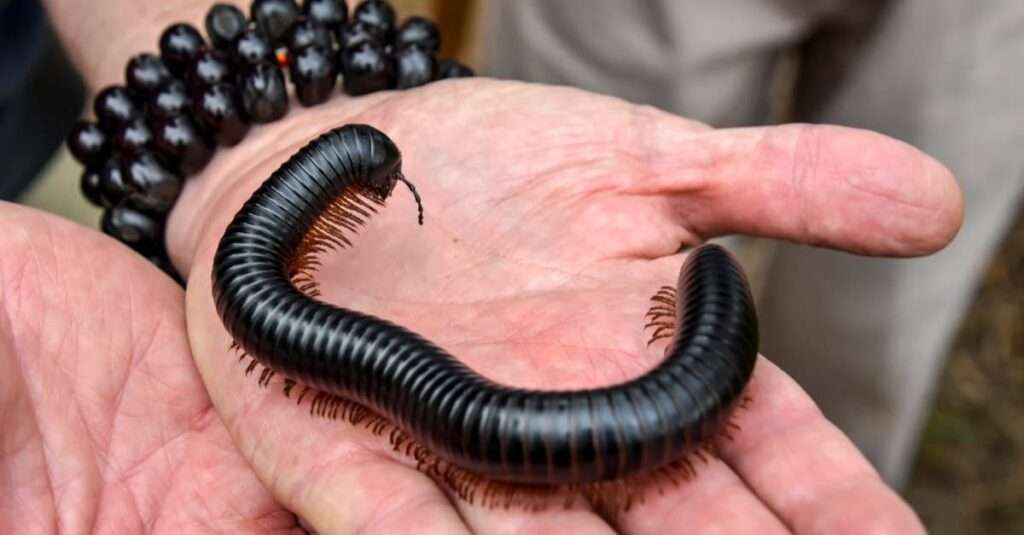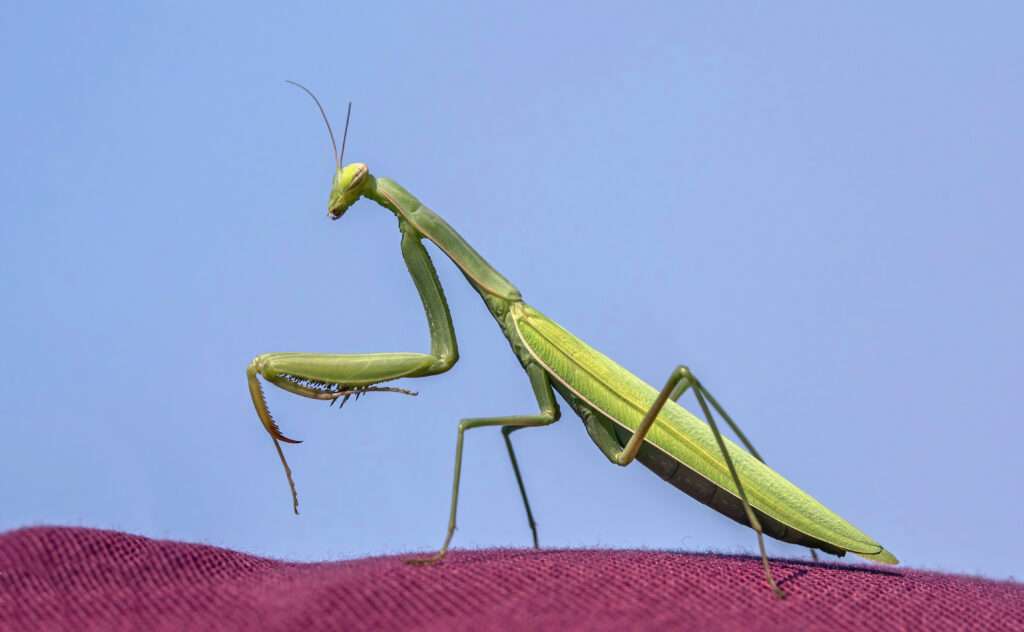
Mealworms are the larval stage of Tenebrio molitor, a species of darkling beetle that feeds on yellow mealworms. They go through the same four life phases as all holometabolic insects: egg, larva, pupa, and adult. The average length of a larva is 2.5 centimeters (0.98 in), while the average adult is 1.25 to 1.8 centimeters (0.49 to 0.71 in).
What do mealworms eat?
Scavengers, mealworms consume grains as well as dead plants and animals. Mealworms eat dead insects, excrement, and grass and leaf decay.
Body
Mealworms have a tough, brownish-yellow exoskeleton that surrounds and defends their body, just like all insects do. Mealworms have big, segmented bodies and move with the help of three pairs of legs that are placed close to their heads. The head, the thorax (the region in the middle where the legs are joined), and the abdomen make up the three primary body sections of mealworms (tail end).

Where do they live?
Adult and larval mealworms are typically found in damp, dark, undisturbed environments. Habitats for stored grain include collections, wet or damaged grain residues, or stored grain products. Additionally, they could be discovered in collections of damp organic materials.
Reproduction
Mealworm beetles reproduce a lot. Males insert Aedeagus packets. The female quickly burrows into soft ground to lay her eggs. On average, a female will produce 500 eggs over her lifetime. The eggs hatch between 4 and 19 days later. Mealworms molt in between each larval stage, or instar, while they are in the larval stage, where they feed on dead insects and vegetation (9 to 20 instars). They pupate during their final molt. The young pupa is initially pale and over time turns brown. It develops into an adult beetle in 3 to 30 days, depending on environmental factors including temperature.
Mealworm as Food
Humans can eat mealworms, which are turned into a variety of insect foods sold in grocery stores, including insect burgers. Many Asian nations, especially those in Southeast Asia, have historically eaten mealworms. There, along with other edible insects, they are frequently discovered at food markets and offered for sale as street food. Although mealworm usage dates back centuries, baked or fried mealworms have recently been promoted as a nutritious snack dish.
Conditions to Keep as Pet
Container
Mealworms should be stored in a wax-coated, glass, metal, or plastic container.
Avoid using containers lined with cloth or those made of materials like cardboard. The worms will find it simple to cling to and climb up these surfaces, which may enable them to escape.
Owner can probably get away without covering the container if it is at least 8 centimeters deep and has slippery sides. However, if someone wants a lid, they need to make sure to poke tiny air holes at the top. As an alternative, try using cheesecloth, which will also aid in keeping other insects out of the container.
Diet Source
The container’s bottom is lined. The substance used to line the container will also serve as the mealworms’ diet, thus it is likely that more material will need to be added to make up for what the worms consume. Oatmeal, cornmeal, grain cereal like Cheerios, or dog food that has been ground into crumbs are all suitable materials to use as a liner for the mealworms’ container.
Temperature
Maintain the container in a warm location. The temperature in the room is sufficient, but if you want to breed and multiply your mealworm population, 80 degrees (F) will be optimal.
Table





